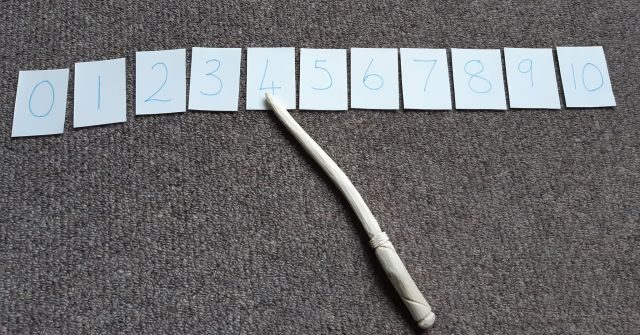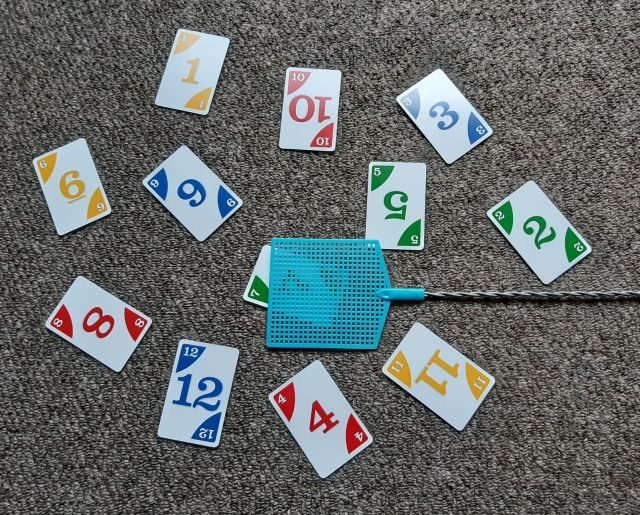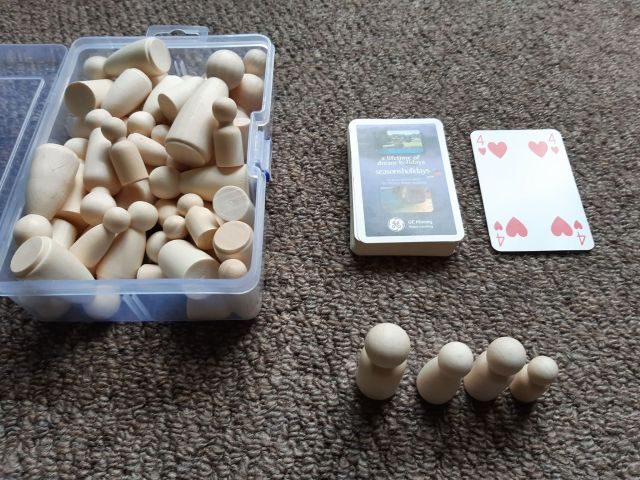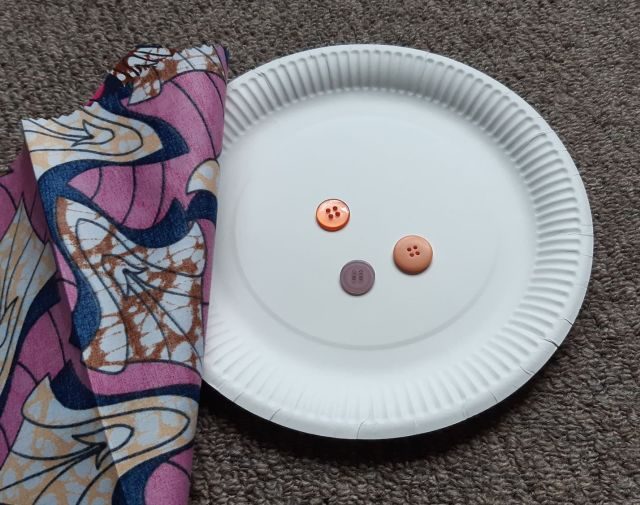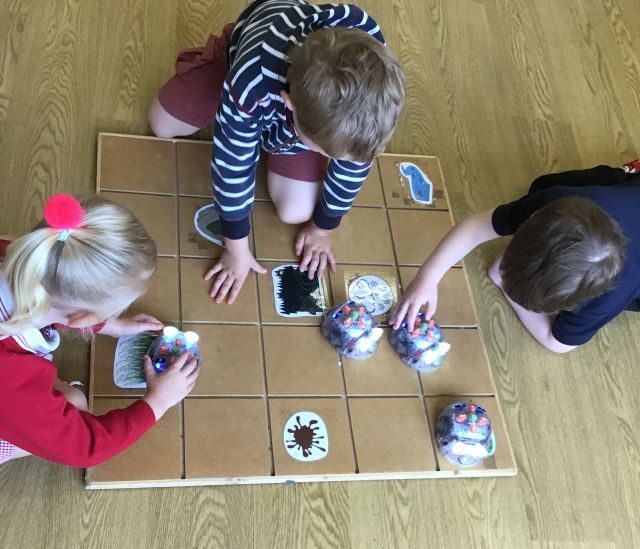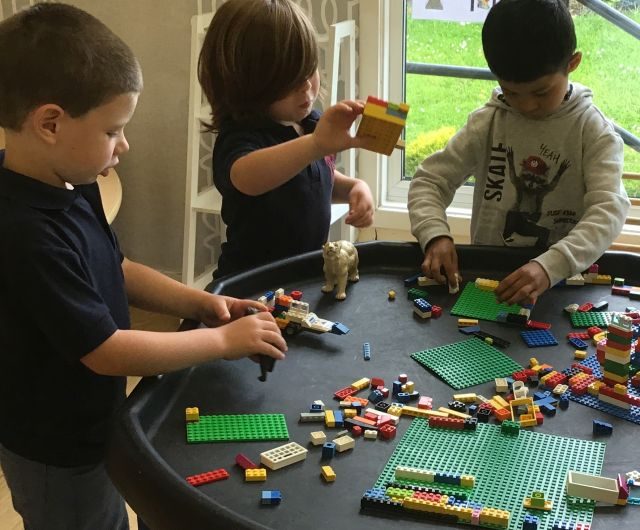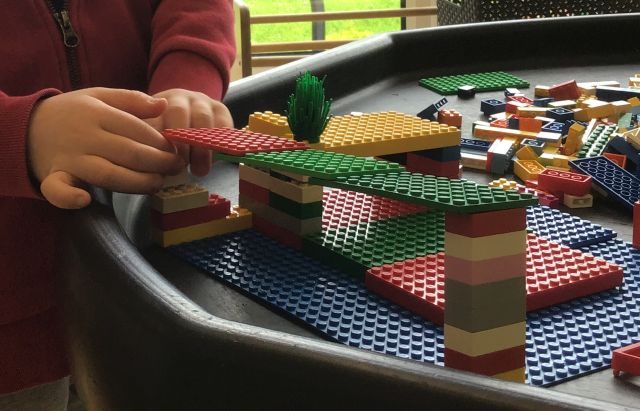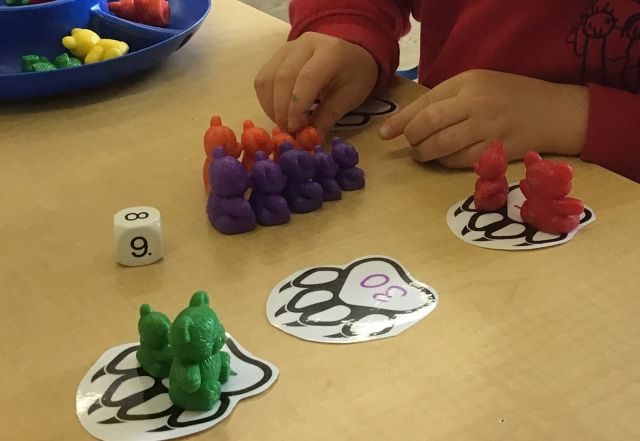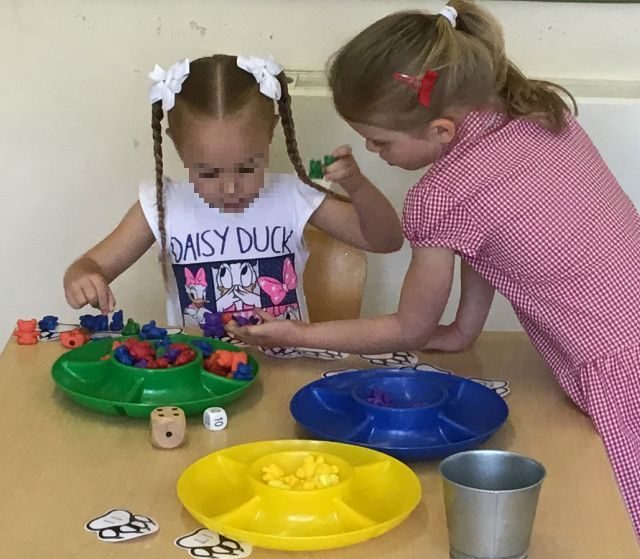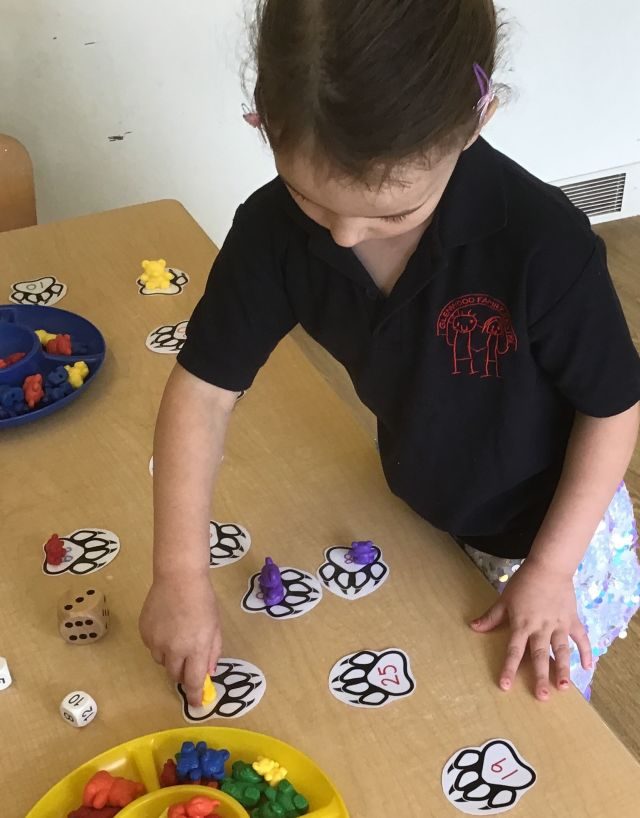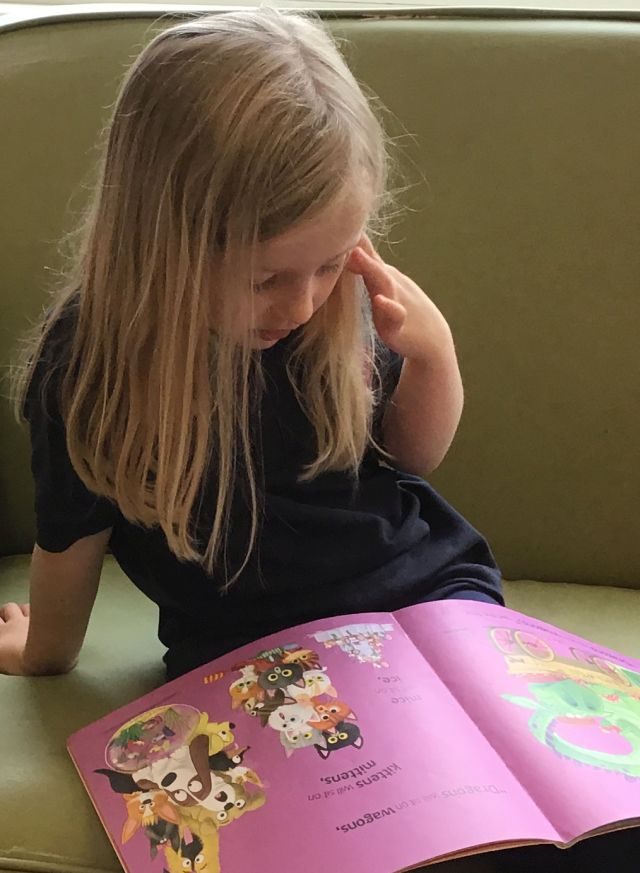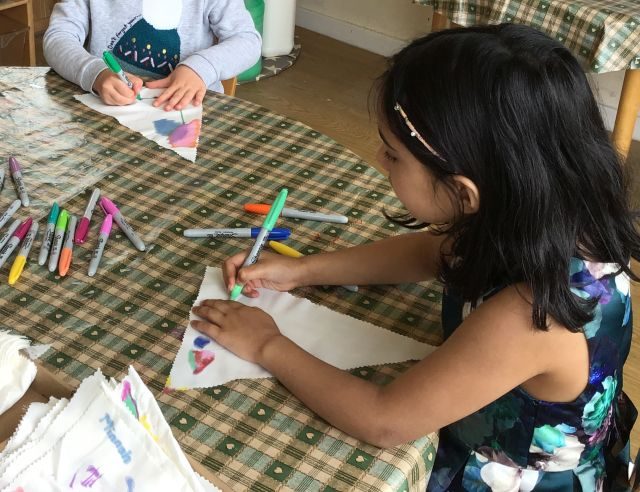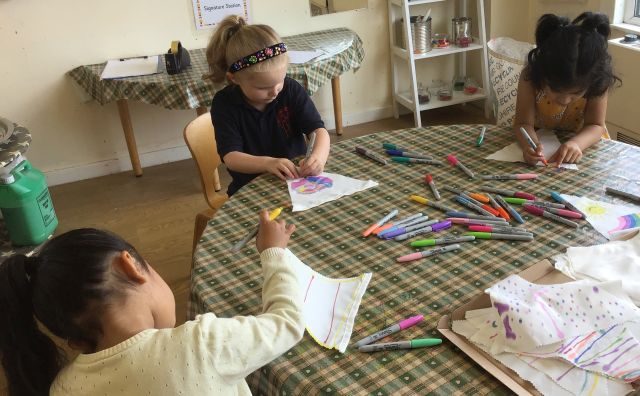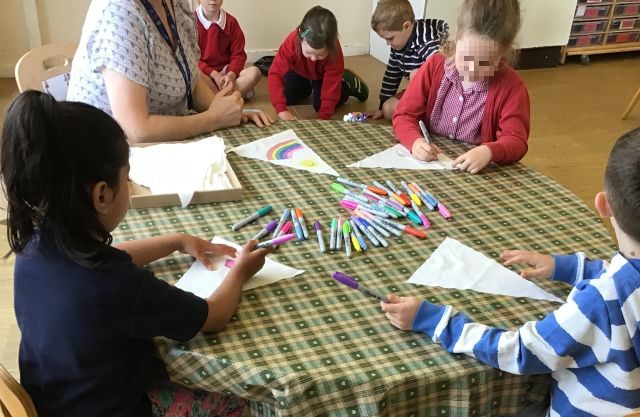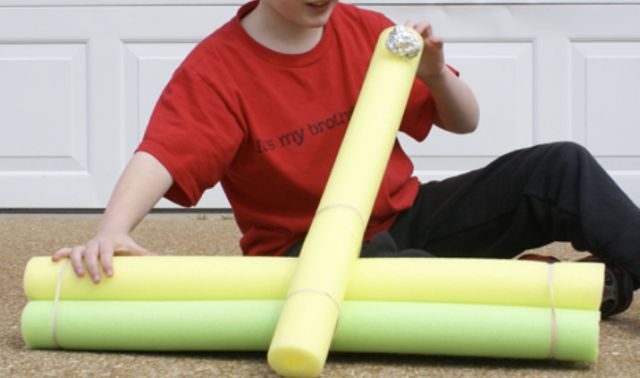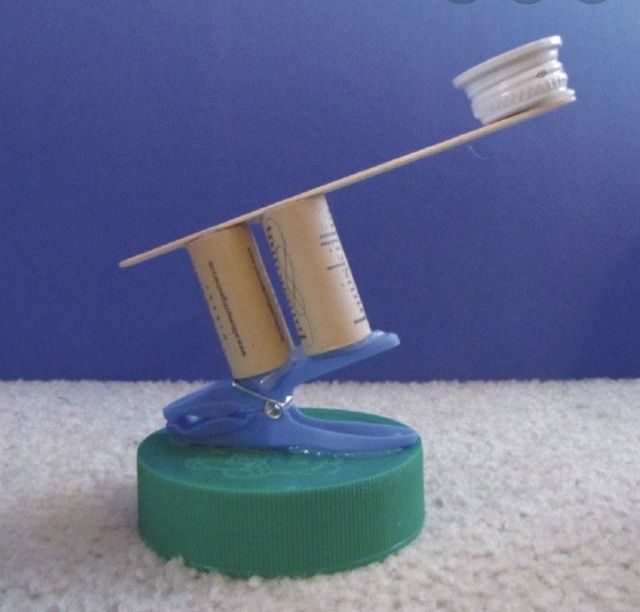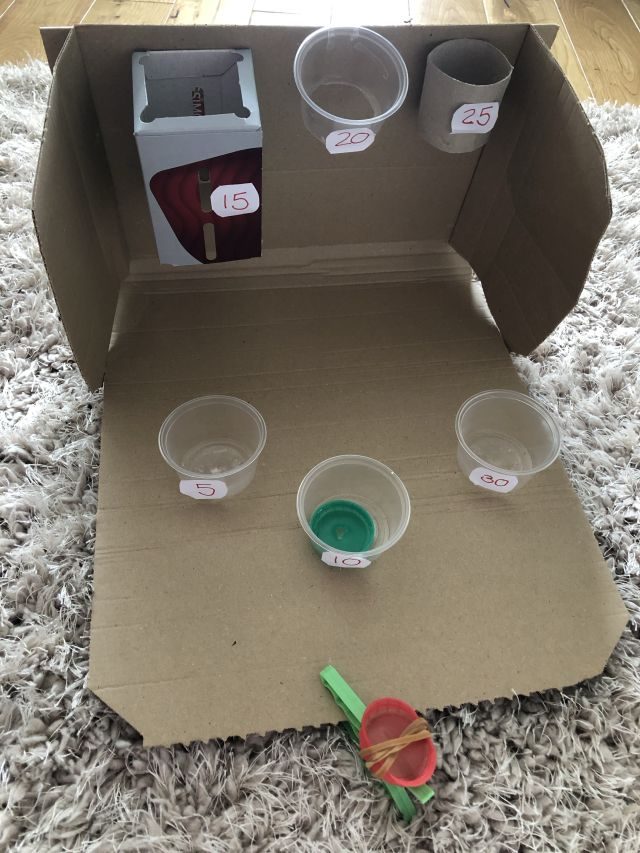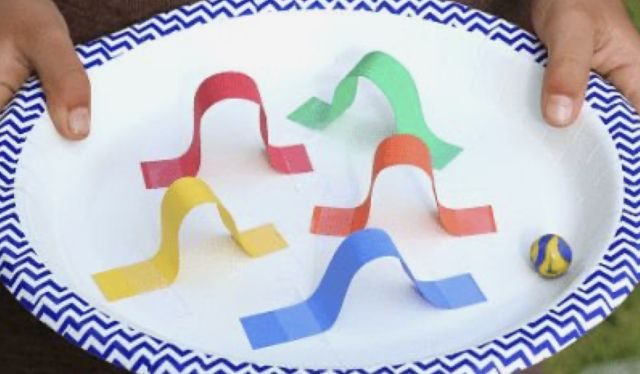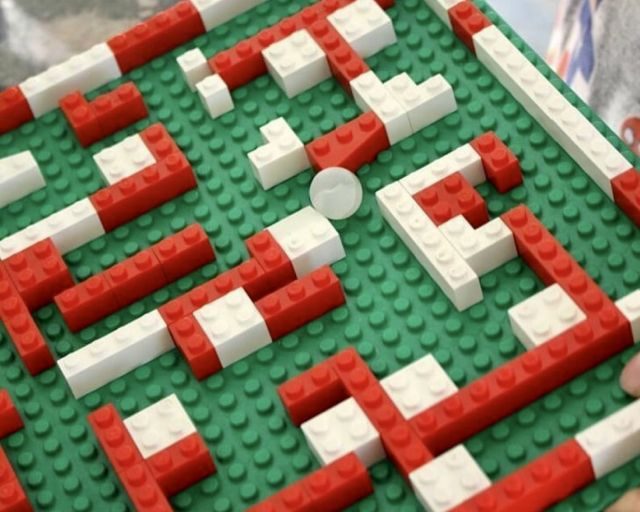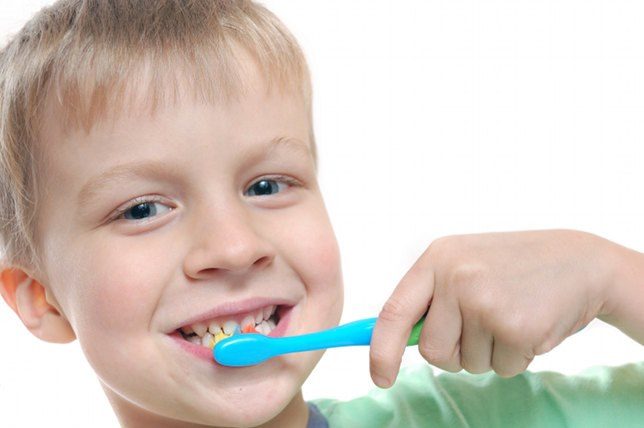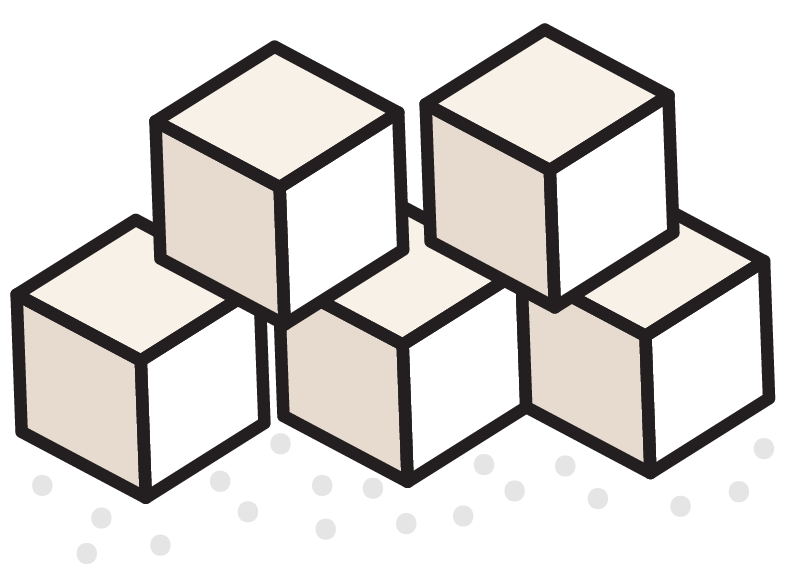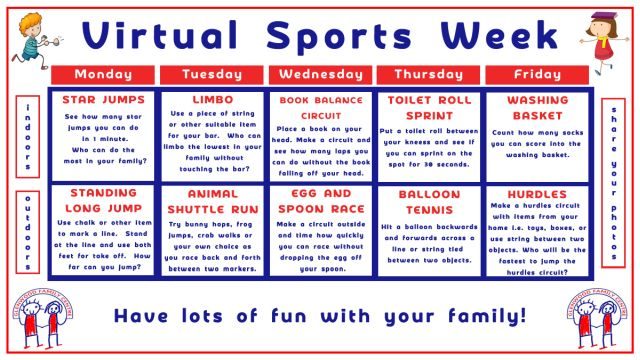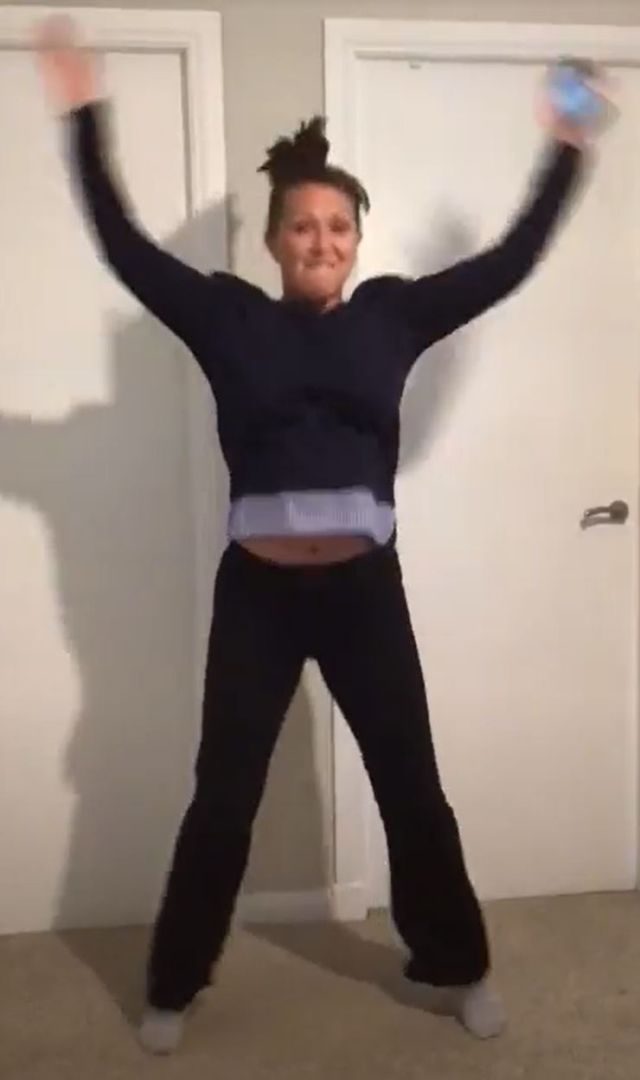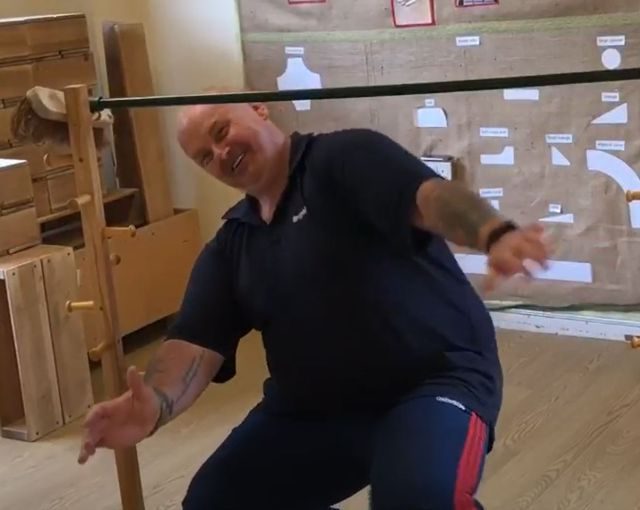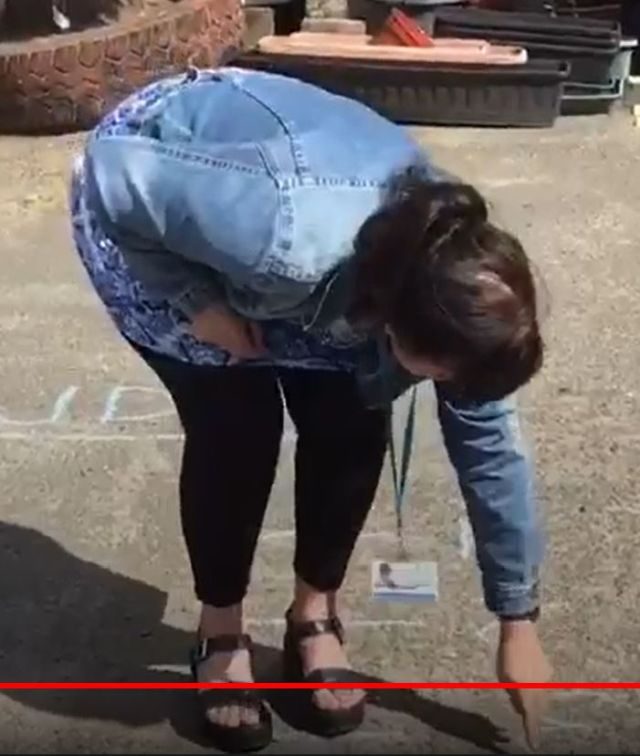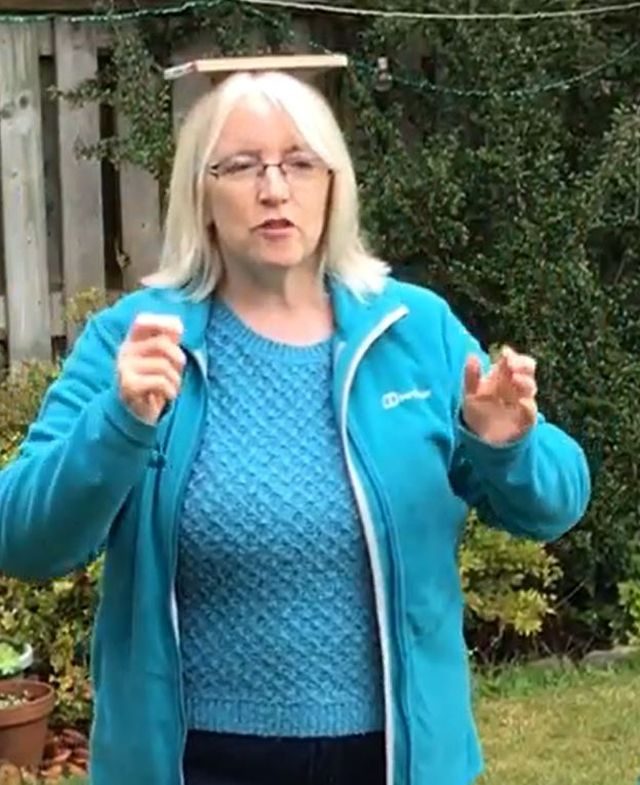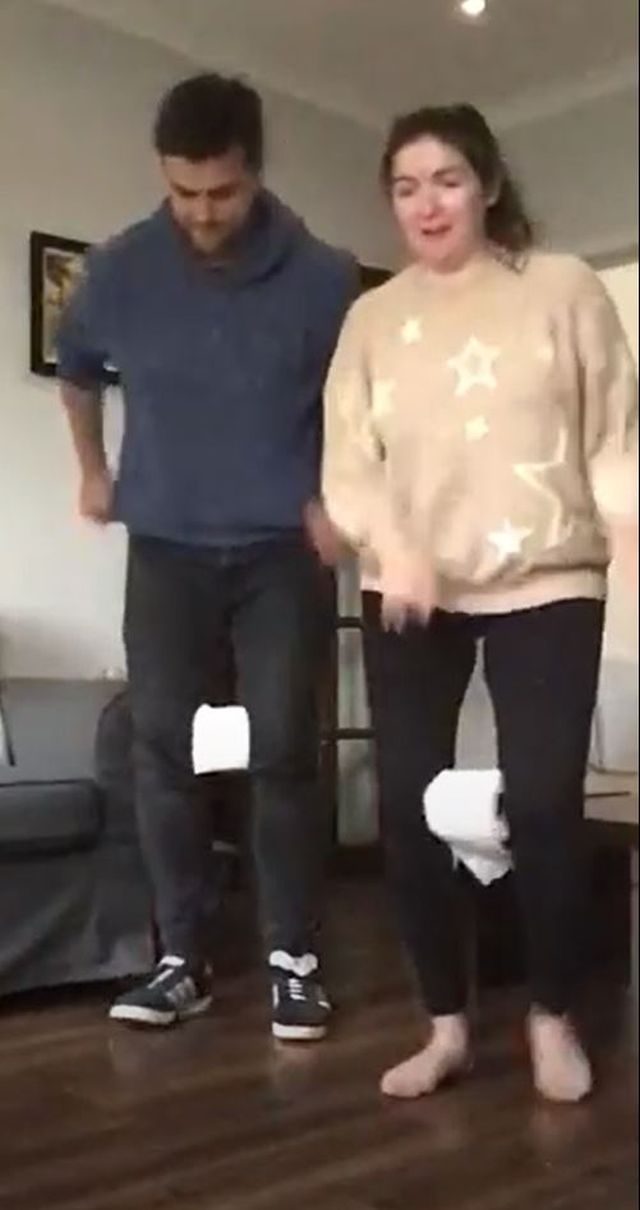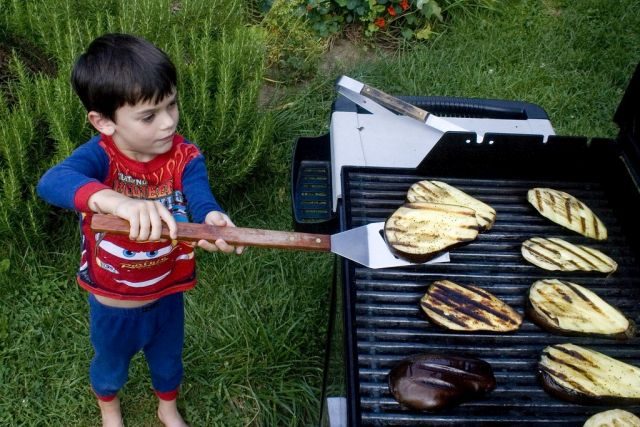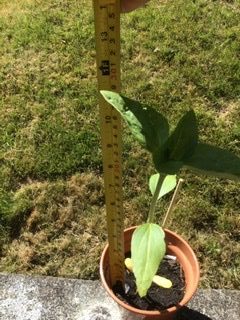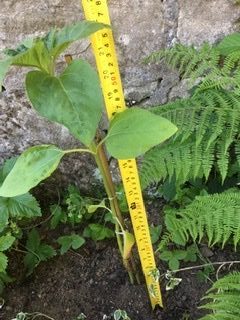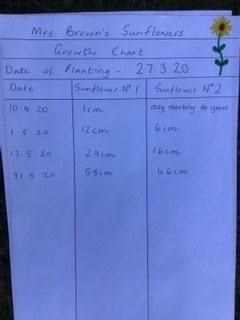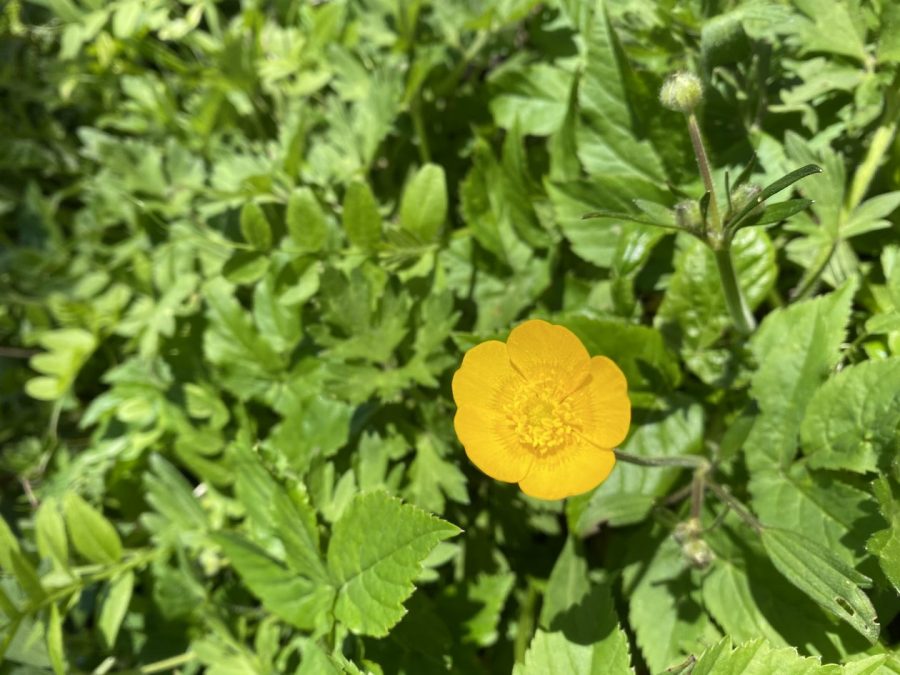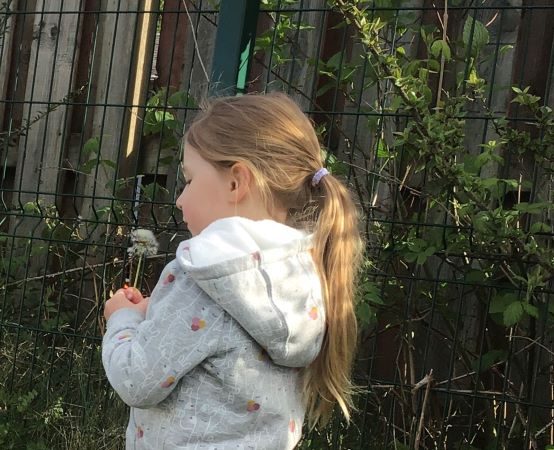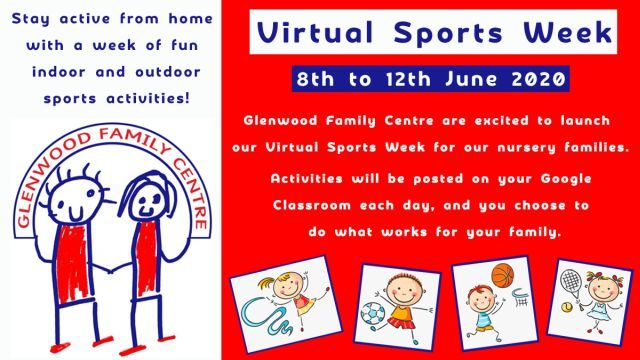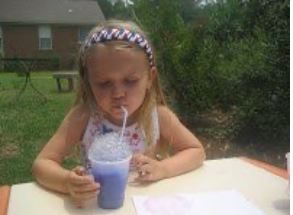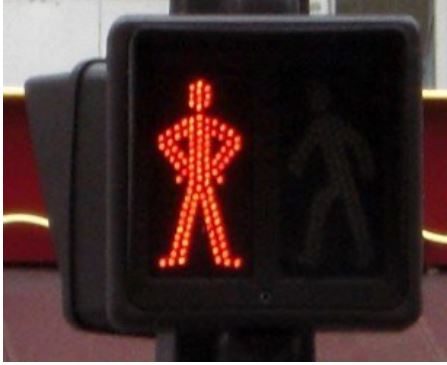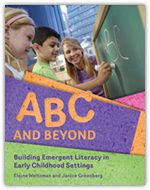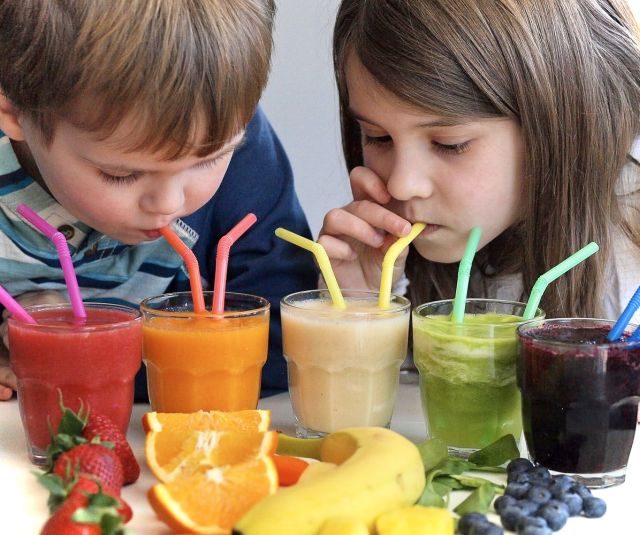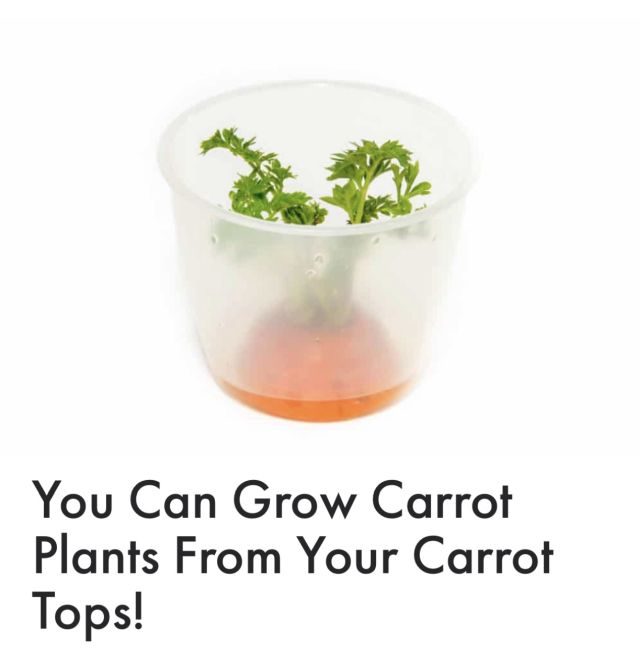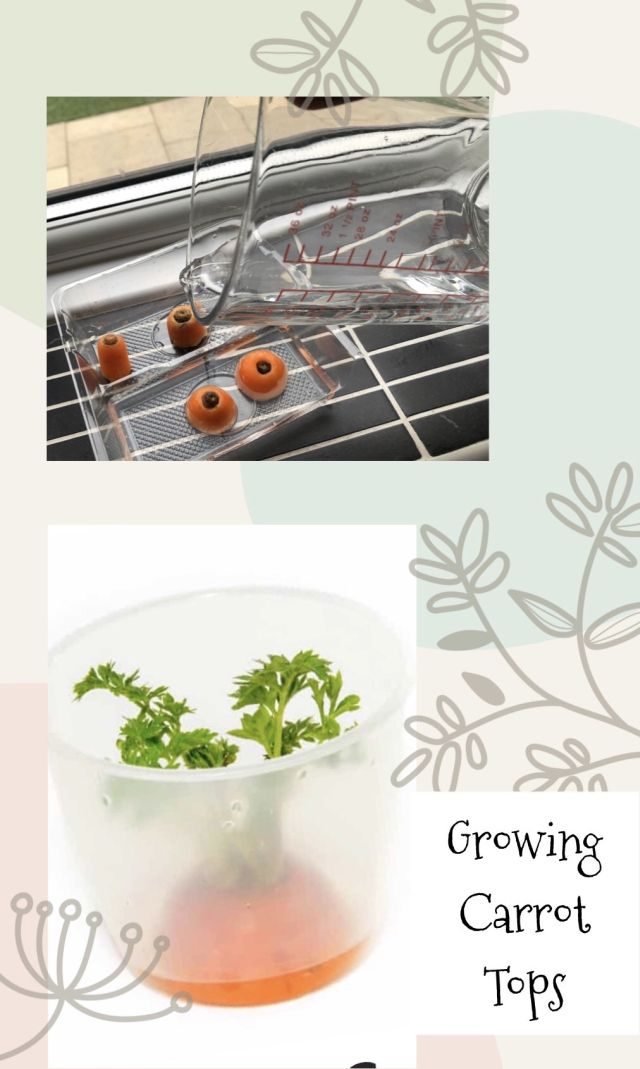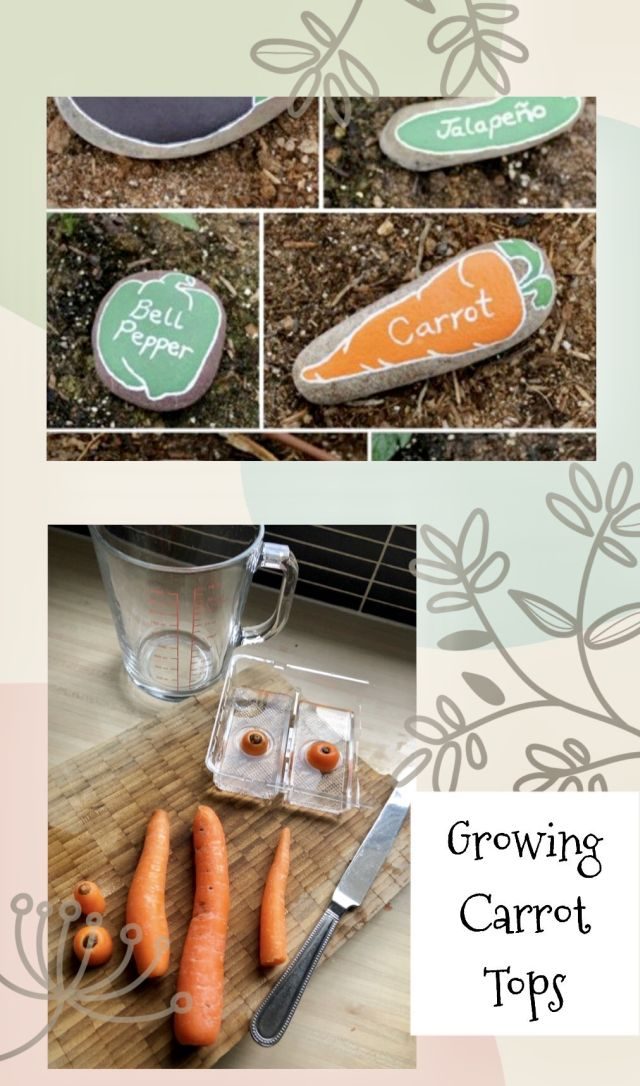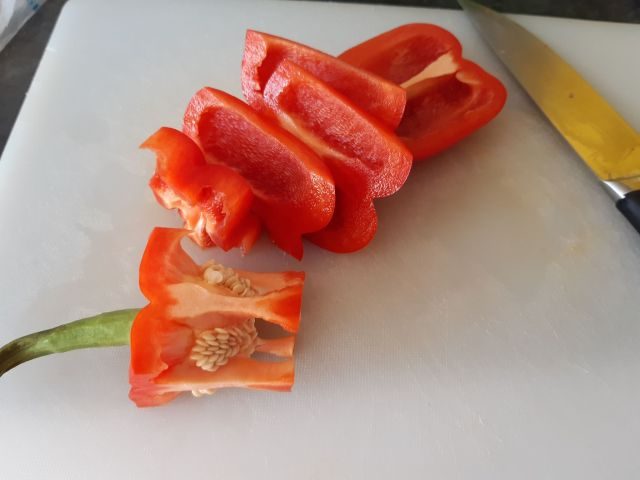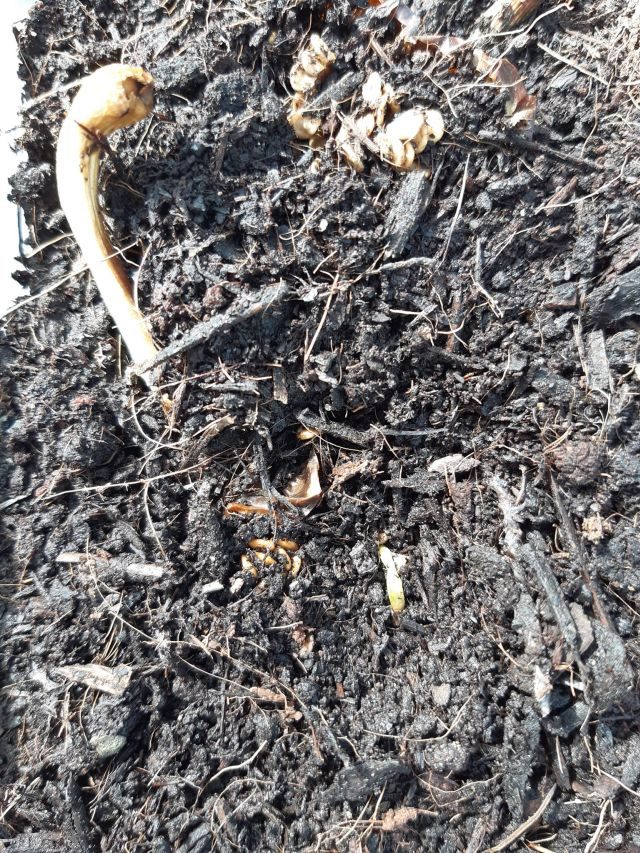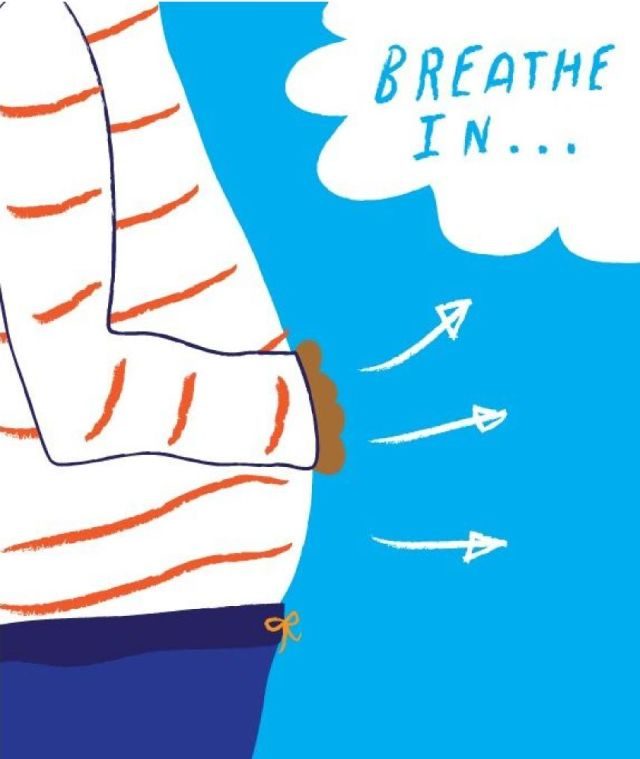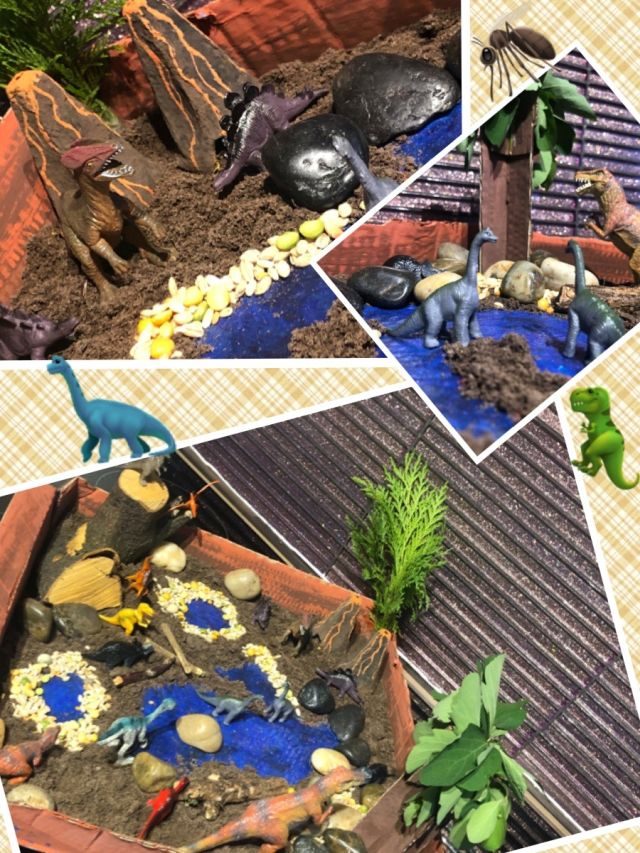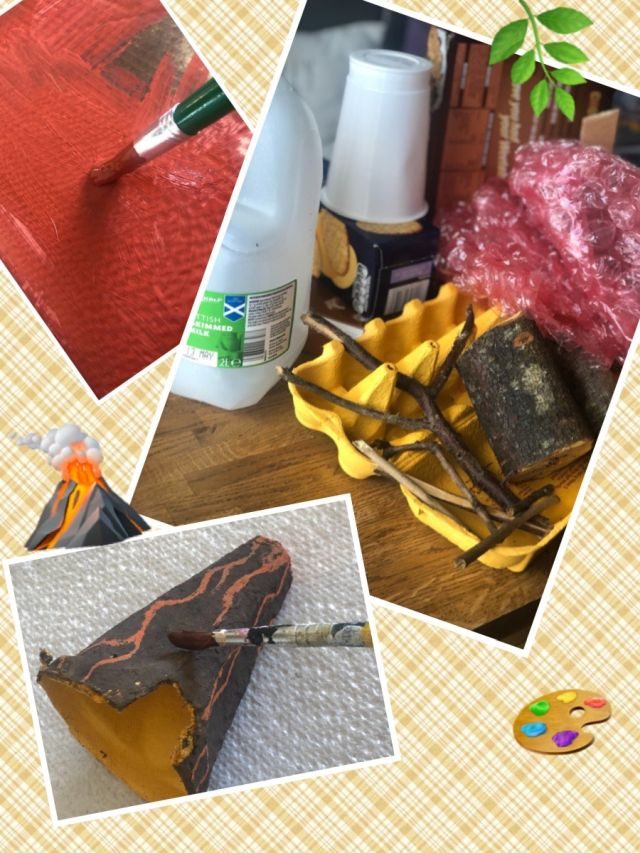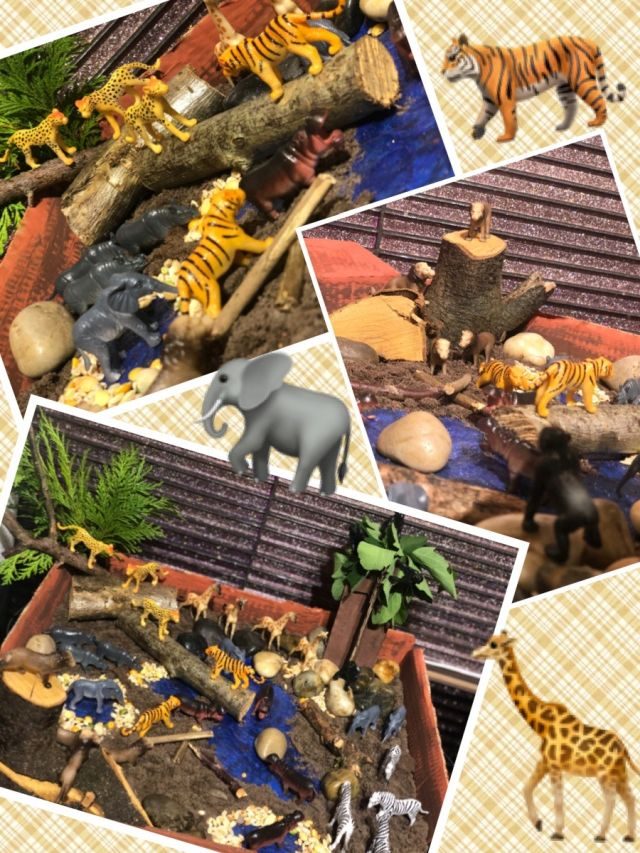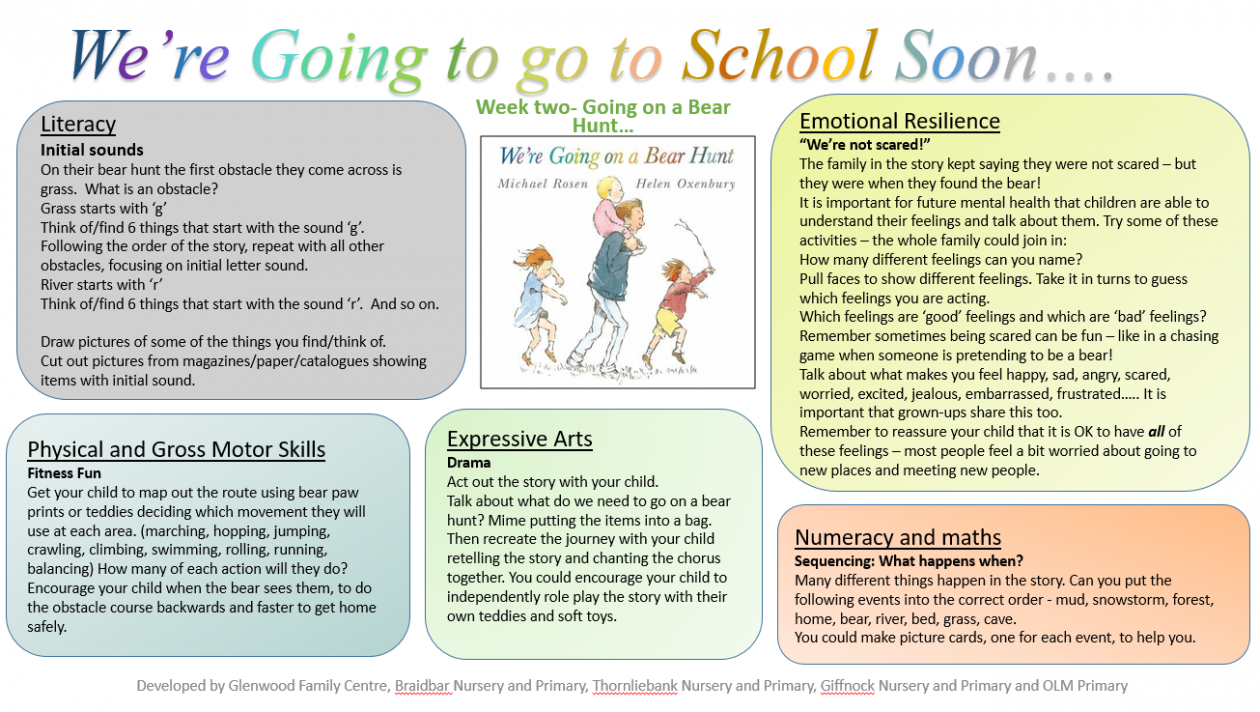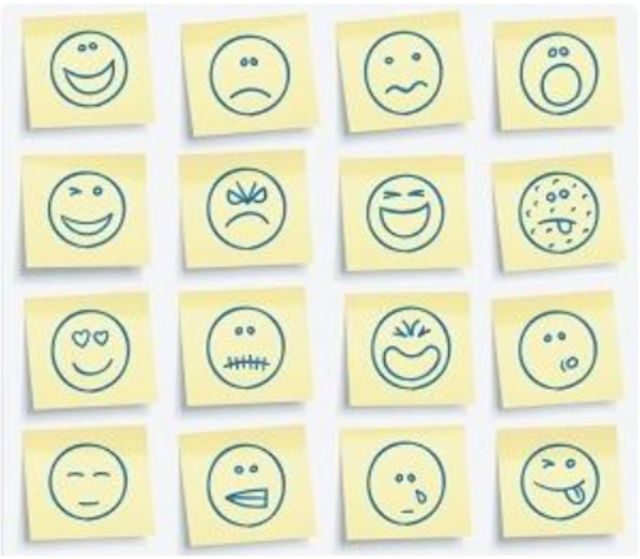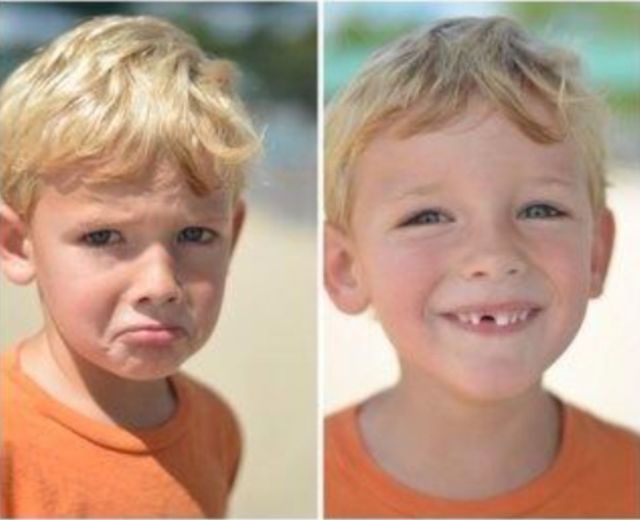Children naturally enjoy music, and want to move, dance, vocalise and create sounds in whichever way they can to reflect their mood.
There are different aspects of musicality that you can explore with your child:
Movement
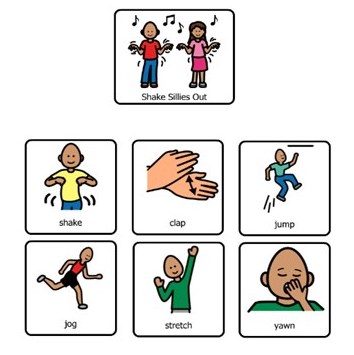 When children take part in music and movement activities, they can release lots of energy as they have fun being creative and dancing around. It also helps children to develop their gross and fine motor skills, express their emotions, learn how to share space, and improve their balance and co-ordination as they explore moving their body.
When children take part in music and movement activities, they can release lots of energy as they have fun being creative and dancing around. It also helps children to develop their gross and fine motor skills, express their emotions, learn how to share space, and improve their balance and co-ordination as they explore moving their body.
Great songs to try are Shake your sillies out and I can move my body like anything or you could play a game like musical statues.
Play Sounds
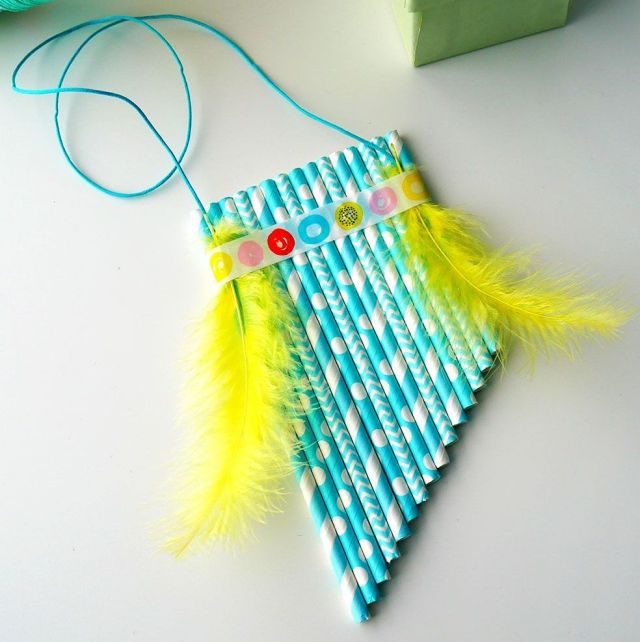 When children make sounds through play, they are developing early instrumental skills. They are first learning what the object is and then what they can do with it. As children experiment, they are building an understanding of how best to make the sound i.e shake maracas, use a beater to play a triangle, scrape or beat a woodblock, tap or bang drums with their hands.
When children make sounds through play, they are developing early instrumental skills. They are first learning what the object is and then what they can do with it. As children experiment, they are building an understanding of how best to make the sound i.e shake maracas, use a beater to play a triangle, scrape or beat a woodblock, tap or bang drums with their hands.
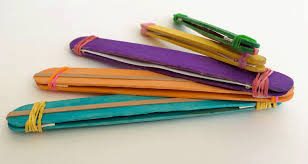 Encouraging your child to explore what they can do with instruments is so beneficial for their development. It builds fine and gross motor skills, supports sensory development, enhances hand-eye co-ordination and helps your child to develop patience and perseverance.
Encouraging your child to explore what they can do with instruments is so beneficial for their development. It builds fine and gross motor skills, supports sensory development, enhances hand-eye co-ordination and helps your child to develop patience and perseverance.
You may have some instruments at home already or you could make your own such as lollipop stick harmonicas or straw pan flutes. We also included ideas in the home learning booklet in your family fun bag.
Listen
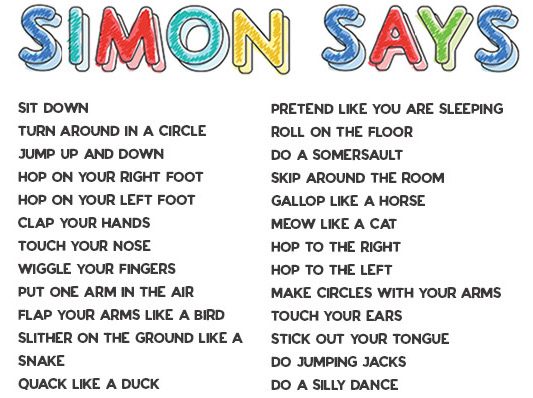 Listening is not just about hearing, it is also about being able to tune-in to sounds in the environment and sounds that are spoken. It can be described as an active process where we make sense and respond to what we hear. As children develop their listening skills, they are learning to take in information, respond to instructions and share ideas and thoughts.
Listening is not just about hearing, it is also about being able to tune-in to sounds in the environment and sounds that are spoken. It can be described as an active process where we make sense and respond to what we hear. As children develop their listening skills, they are learning to take in information, respond to instructions and share ideas and thoughts.
You could try playing some listening games with your child, such as Simon Says, or online from the BBC website – https://www.bbc.co.uk/teach/school-radio/eyfs-listening-skills/zbc4y9q
Create
Having the opportunity to be creative with music enables children to think about how sounds are made and how they can put these sounds together to compose their own rhythms. Children need to be able to try out their own ideas and express themselves to nurture this creative process.
Here are some ideas to encourage your child:
Chrome Music Lab – Song Maker
Body rhythm using syllables: Start by thinking of 2 items that you want to use, for example apple and banana
Choose which body parts you want to use to beat out the syllables, you might clap hands twice for a-pple or stamp three times for ba-na-na
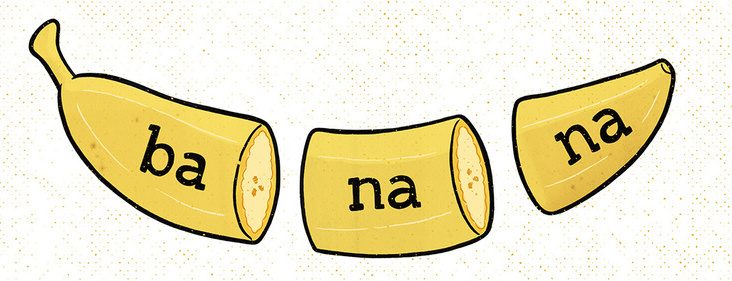 Put this rhythm together and then repeat: CLAP, CLAP, STAMP, STAMP, STAMP, CLAP, CLAP, STAMP, STAMP, STAMP
Put this rhythm together and then repeat: CLAP, CLAP, STAMP, STAMP, STAMP, CLAP, CLAP, STAMP, STAMP, STAMP
Say the syllables as you do the body rhythm: a-pple, ba-na-na, a-pple, ba-na-na
Sing
Singing with your child helps promote their language and literacy development. Songs can be very motivating for children, using simple, repetitive language to encourage engagement as they learn new things such as phonological awareness and vocabulary. Children’s songs also include concepts such as counting, body parts recognition, animals and following directions, and these really help your child to understand experiences, words, emotions, and much more.
Spend some time singing with your child everyday. Here are some song suggestions and ways that you can integrate activities to enhance the experience for your child:
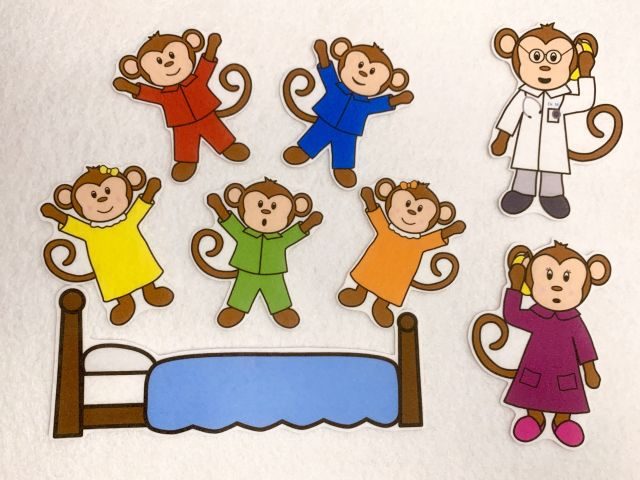 Favourites: Incy Wincy Spider; Wheels on the Bus; Row, Row, Row your Boat
Favourites: Incy Wincy Spider; Wheels on the Bus; Row, Row, Row your Boat
Body parts: Head, Shoulders, Knees and Toes; If You’re Happy and You Know It; Tommy Thumb
Animals: Old McDonald; I Went to Visit a Zoo One Day; There was an Old Lady who Swallowed a Fly
Counting: 5 Little Monkeys; Once I Caught a Fish Alive; 5 Little Speckled Frogs
Other Ideas
- Try pausing before the last word in a line and see if your child finishes it. This is building skills such as attention, memory, language and rhyming.
- Add extra verses or change some of the details in the song. This encourages your child to be creative and flexible, whilst supporting vocabulary development.
- Make a mistake whilst singing and see if your child notices and can fix it. This helps improve attention and listening skills.
- Adapt a song to include holiday and seasonal topics, for example Santa on the Sleigh Goes Ho, Ho, Ho.
- Make up your own songs to develop your child’s understanding and motor movements.
Remember to share your ideas in your Google Classroom or on Twitter @GlenwoodFC #Glenwoodlearningathome
 Miss Bibby has been thinking about ways you can use money in your house.
Miss Bibby has been thinking about ways you can use money in your house.







